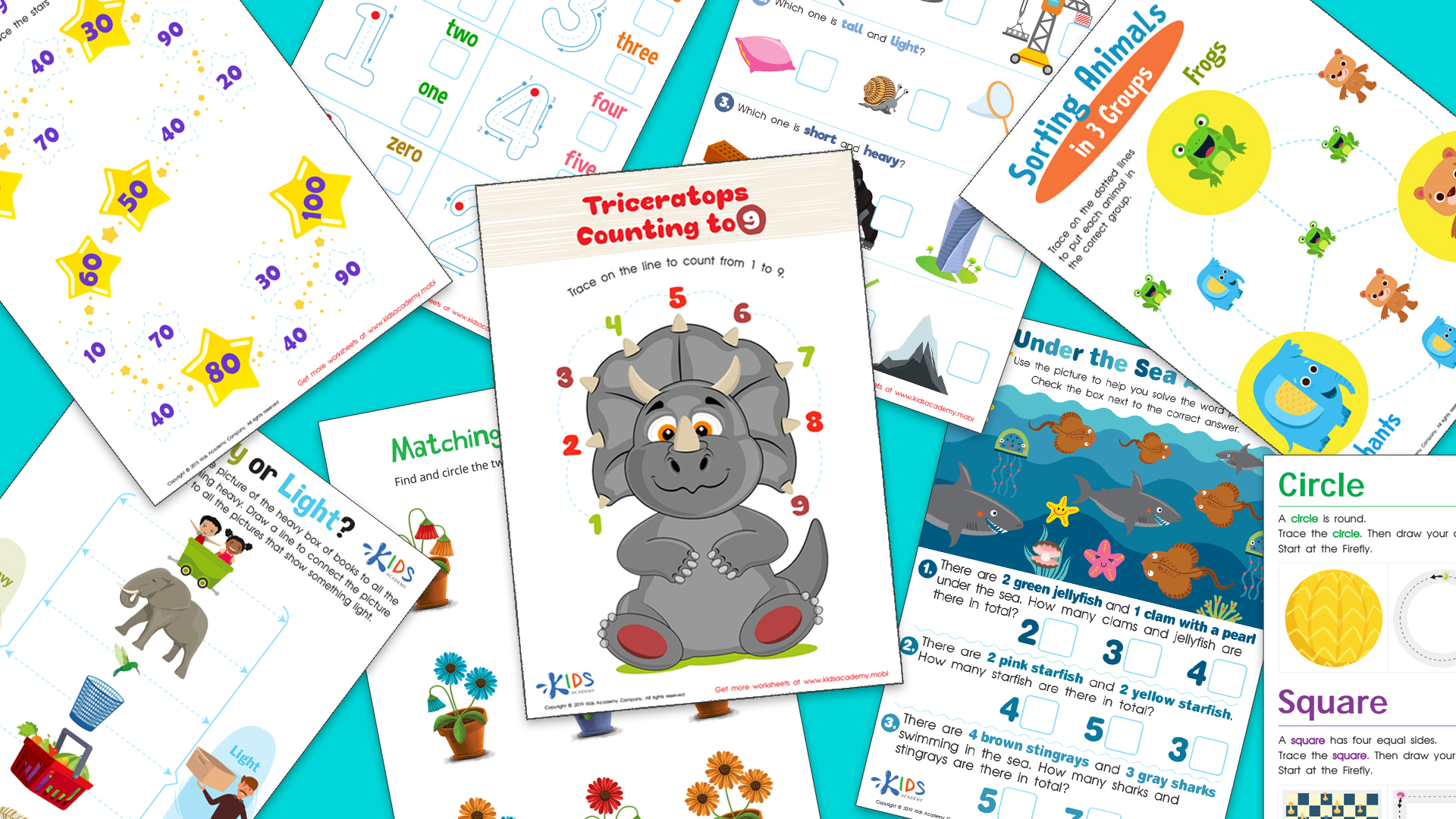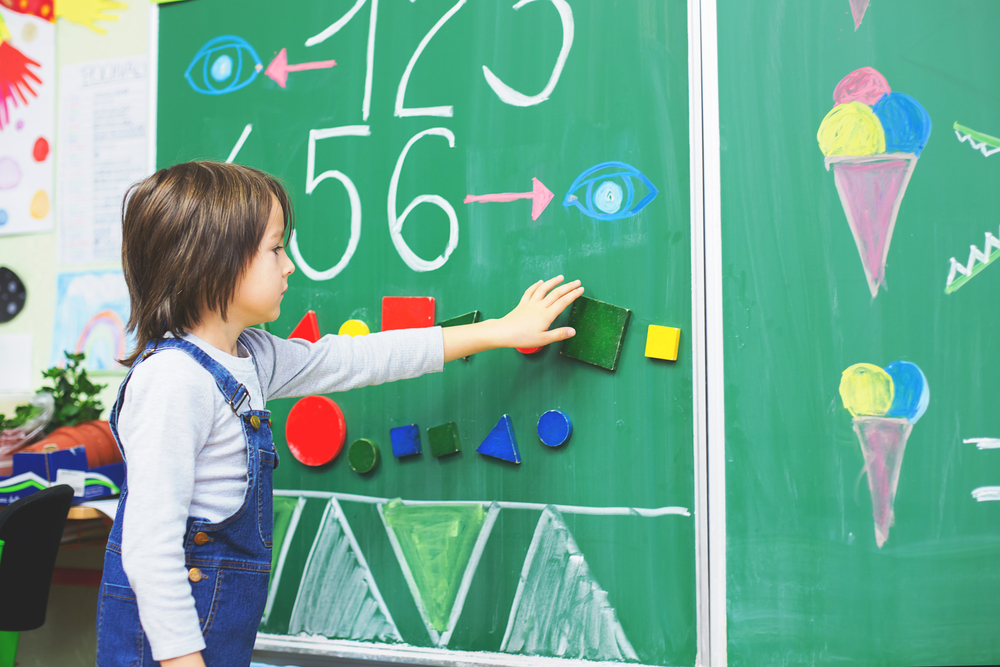Critical Thinking Geometry Worksheets for Ages 6-7
3 filtered results
-
From - To
Enhance your child's analytical skills with our engaging "Critical Thinking Geometry Worksheets" tailored for ages 6-7. These printable worksheets combine fun and learning, encouraging young minds to explore geometric shapes, spatial understanding, and logical reasoning. Each activity is designed to build critical thinking skills through puzzles, pattern recognition, and problem-solving tasks. Perfect for classroom use or at-home practice, our worksheets help develop a strong foundation in geometry while stimulating intellectual curiosity. Empower your child to excel in math with these thoughtfully crafted exercises that make learning both enjoyable and challenging.
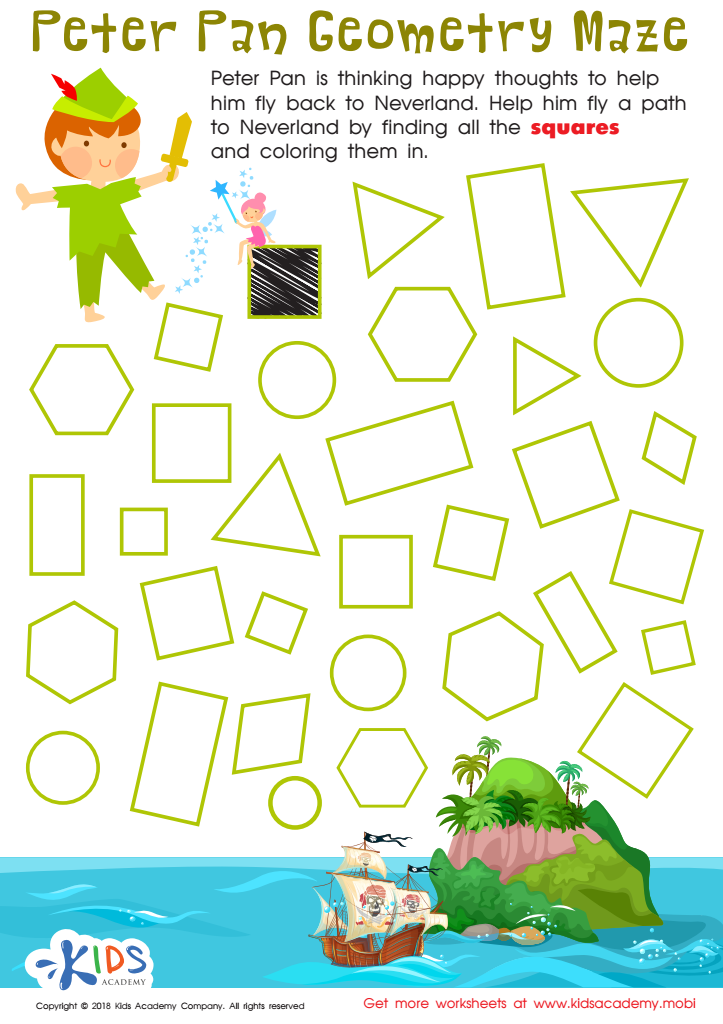

Peter Pan Worksheet
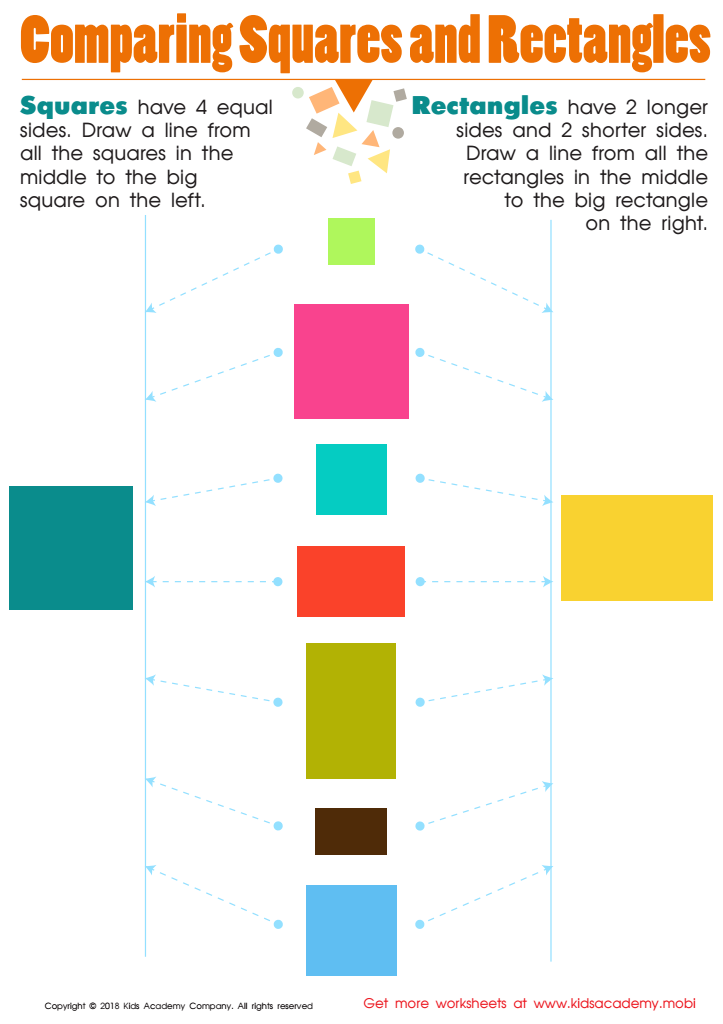

Comparing Squares Rectangles Worksheet
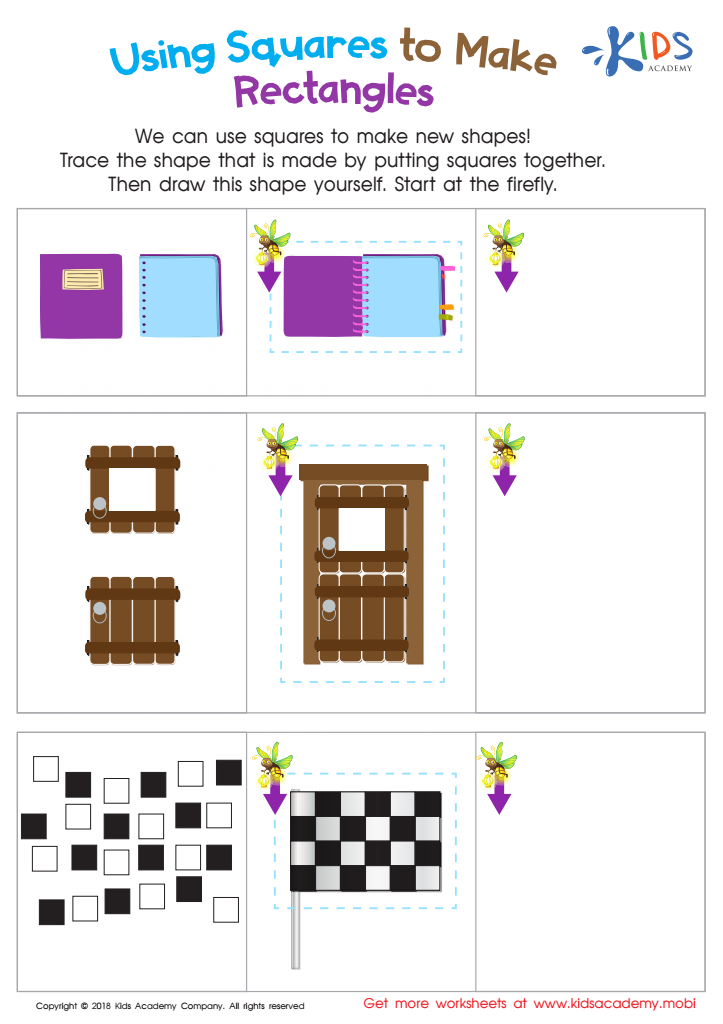

Using Squares to Make Rectangles Worksheet
Critical Thinking Geometry for ages 6-7 is crucial as it lays the foundation for critical reasoning and problem-solving skills vital for a child's overall development. At this formative age, children's brains are highly receptive to learning new concepts, and introducing them to geometric shapes, patterns, and spatial reasoning can significantly enhance their cognitive abilities.
First, learning geometry sharpens visual-spatial skills, which are essential for everyday tasks and future academic success, especially in fields like science, technology, engineering, and mathematics (STEM). By recognizing shapes and understanding spatial relationships, children learn to navigate their world more effectively.
Second, critical thinking geometry encourages analytical thinking. As children identify and differentiate shapes, explore symmetry, and solve basic geometric problems, they cultivate the ability to observe carefully, ask questions, and draw conclusions based on evidence. These problem-solving skills are transferable to other academic areas and life situations.
Furthermore, engaging with geometry at a young age helps build self-confidence and a love for learning. As children successfully tackle geometric challenges, they develop a sense of achievement and are motivated to approach other academic and real-world issues with the same curiosity and determination.
In summary, prioritizing Critical Thinking Geometry for young students equips them with essential cognitive skills, fosters analytical thinking, and creates a solid platform for future learning across various domains.
 Assign to My Students
Assign to My Students





